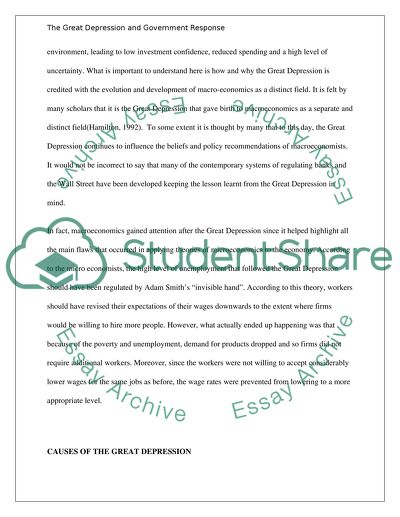Cite this document
(“The Great Depression and Government Response Research Paper”, n.d.)
The Great Depression and Government Response Research Paper. Retrieved from https://studentshare.org/macro-microeconomics/1446460-the-great-depression-and-government-response
The Great Depression and Government Response Research Paper. Retrieved from https://studentshare.org/macro-microeconomics/1446460-the-great-depression-and-government-response
(The Great Depression and Government Response Research Paper)
The Great Depression and Government Response Research Paper. https://studentshare.org/macro-microeconomics/1446460-the-great-depression-and-government-response.
The Great Depression and Government Response Research Paper. https://studentshare.org/macro-microeconomics/1446460-the-great-depression-and-government-response.
“The Great Depression and Government Response Research Paper”, n.d. https://studentshare.org/macro-microeconomics/1446460-the-great-depression-and-government-response.


